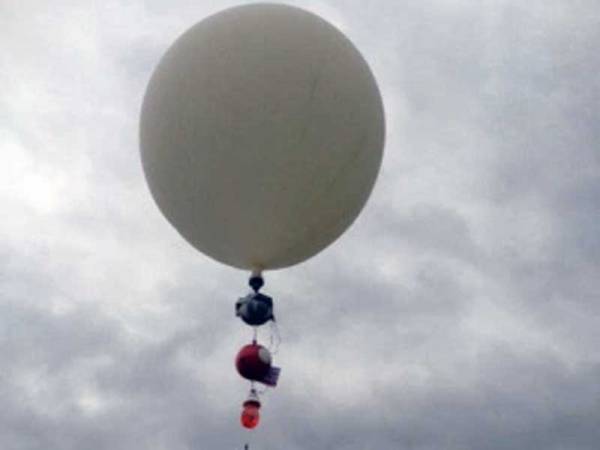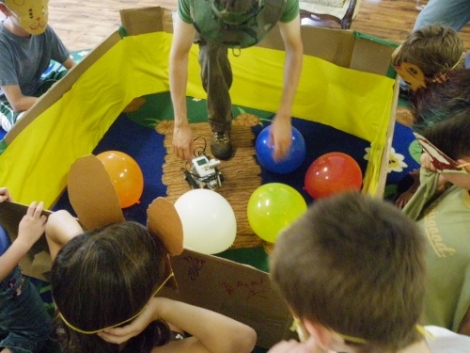EL back-lit keyboard

A couple bucks worth of EL wire gives a nice green glow to [Mark Shasha’s] T400 Elite. Hopefully [Jeri Ellsworth] has some time to pull those how-to videos together so that we can make our own EL wire to replicate this hack.
Mini kaboom

This tiny cannon is right out of Night at the Museum. It works just like its much bigger brothers would; fill with powder, insert cannon ball, and light with a fuse. Both the introduction and the follow-up videos document the destruction of various objects using the diminutive weapon. [Thanks Thorsten]
Don’t close that browser

We use Google Chrome quite a bit because it tends to be more responsive when opening massive numbers of tabs while researching featured hacks. But there’s some things we don’t like about it. Lack of built-in PDF support under Ubuntu comes to mind, but a smaller thorn in our side is that closing the last tab will also close the browser window. [Ted Schaefer] got tired of the same thing so he wrote an extension called Last Tab Standing to trap that last browser tab, opening the default window instead of closing the browser.
Amiga demo winner

This 4K demo for the Amiga AGA is the top ranked submission from Breakpoint 2010. [Osgeld] tipped us off about this and made the point that although it’s four times the size of those 1K JavaScript demos, the Amiga code doesn’t get to take advantage a pre-existing framework like Java does enjoy the benefits of running inside of a browser . Is this doing more with less?
Transformers balloon sculptures

If you’re having trouble finding that art piece to fill up your dining room you should consider building transformers out of balloons. The sculpture above is a free-standing Optimus Prime but the artist has also turned out Megatron, Grimlock, and others. [Thanks W01F]




















